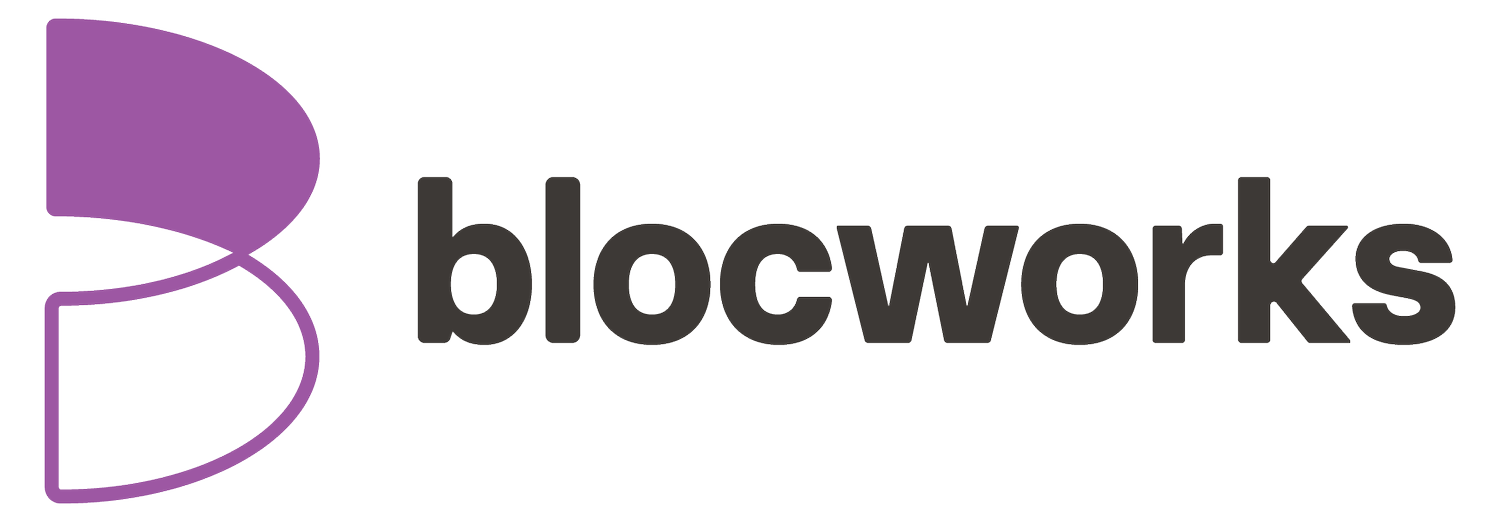Vertical Mastery: Strengthening Workouts for Peak Climbing Performance
Rock climbing is a demanding sport that challenges both the mind and body. To excel, climbers need a unique blend of strength, endurance, flexibility, and mental fortitude. One of the best ways to enhance climbing performance is through targeted rock climbing exercises focusing on key muscle groups and movement patterns.
At Blocworks, we want to help you explore essential workouts to help you achieve peak climbing performance, ensuring you’re always ready to tackle your next vertical challenge.
Understanding the Key Muscle Groups
Before diving into specific exercises, it's important to understand the primary muscle groups engaged during rock climbing. These include:
Forearms and Grip: Vital for maintaining a hold on the rock.
Core: Provides stability and balance, enabling efficient movement.
Upper Body: Includes shoulders, back, and arms, essential for pulling movements.
Lower Body: Legs, particularly calves and thighs, for pushing and stabilizing.
Forearm and Grip Strength Exercises
Grip strength is a cornerstone of climbing success. Without a strong grip, even the most straightforward routes can become challenging. Adding in these effective exercises will enhance your forearm and grip strength:
Hangboard Training: Use a hangboard or fingerboard, hanging with your fingers on various holds. Start with both hands on larger holds, progressing to smaller ones as you build strength. This exercise builds finger strength and endurance, crucial for maintaining holds during climbs.
Farmer’s Walk: Carry a heavy dumbbell in each hand and walk a specified distance. Ensure your grip remains firm and your posture is upright. This improves grip strength, forearm endurance, and overall stability.
Wrist Curls: While seated on a bench, hold a dumbbell in each hand with your palms turned upward. Curl your wrists upward and then slowly lower the weights back down. This targets the forearm muscles directly, enhancing grip strength.
Core Strengthening Workouts
A strong core is vital for keeping balance and stability on the rock face. Core exercises should focus on both strength and stability.
Hanging Leg Raises: Hang from a pull-up bar with your legs straight. Lift your legs to form an L-shape with your body, then lower them back down. This workout strengthens the lower abdominal muscles and hip flexors, critical for high steps and stability.
Russian Twists: Sit on the ground with your legs bent and feet off the ground. Hold a weight with both hands and twist your torso from side to side. This engages the oblique muscles, improving rotational strength and stability.
Upper Body Strength Exercises
Climbing involves significant upper-body pulling movements, making it essential to develop strength in the shoulders, back, and arms.
Shoulder Press: Using dumbbells or a barbell, press the weight overhead from shoulder level. This should target the shoulders, triceps, and upper chest, contributing to overall upper-body strength.
Pull-Ups: Grip a pull-up bar with palms facing away from you and pull yourself up until your chin is above the bar. Lower yourself back down with control. This builds upper-body strength, focusing on the back, shoulders, and biceps.
Lower Body Strength Exercises
While often underestimated, lower body strength is crucial for powerful pushes and maintaining balance.
Calf Raises: Stand on a lifted surface with your heels hanging off. Raise your heels as high as possible, then lower them back down. This exercise strengthens the calf muscles, aiding in stability and explosive movements.
Lunges: Step forward with one leg and lower your hips until both knees are bent at a 90-degree angle. Push back to the starting position and repeat on the other leg. This builds strength in the legs and hips, improving balance and mobility.
Integrating Flexibility and Mobility
An often overlooked but essential component of a climber’s fitness routine is flexibility and mobility. Improved flexibility allows a larger range of motion and more efficient movements.
Dynamic Stretching: Perform stretches like leg swings, arm circles, and hip rotations before climbing sessions. This movement prepares the muscles for activity, reducing the risk of injury and improving performance.
Foam Rolling: Use a foam roller to massage and stretch tight muscles before and after climbing. This improves muscle recovery, reduces soreness, and increases flexibility.
Yoga: Incorporate yoga sessions focusing on poses that stretch the hips, hamstrings, and shoulders. This enhances overall flexibility, balance, and mental focus.
Putting It All Together: Creating a Balanced Routine
To maximize climbing performance, it's essential to create a balanced workout routine of rock climbing exercises that incorporates these exercises. Here's a sample weekly plan:
Monday: Forearm and grip strength + core exercises
Tuesday: Upper body strength + flexibility and mobility
Wednesday: Climbing session or rest day
Thursday: Lower body strength + core exercises
Friday: Full-body workout + flexibility and mobility
Saturday: Climbing session
Sunday: Rest day or light yoga/stretching
Blocworks Indoor Climbing Gym
Strengthening your body through targeted rock climbing exercises is integral for achieving peak performance and reducing the risk of injury. By focusing on key muscle groups, improving flexibility, and maintaining a balanced workout routine, you can enhance your climbing abilities and tackle more challenging routes with confidence.
At Blocworks, we understand the importance of comprehensive training for climbers of all levels. Our facility offers a variety of resources, from state-of-the-art climbing walls to expert-led fitness classes, to help you reach your climbing goals. Whether you’re a beginner looking to build foundational strength or an experienced climber aiming to push your limits, we’re here to support you every step of the way.
To join our Blocworks community, call us today at (405) 225-6090!
